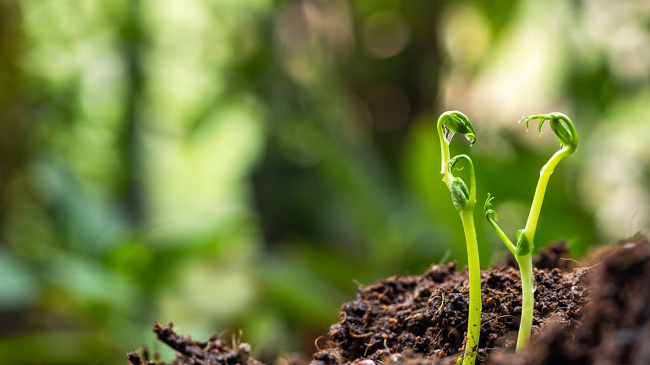
Exhibition time: 17-19 March, 2026 Shanghai, China
 中文
中文

Exhibition time: 17-19 March, 2026 Shanghai, China
 中文
中文

Key words of the passage: micronutrient; fertilizer; price; biostimulants
In South America, consumption of micronutrients has soared, undeterred by soaring fertilizer prices, says Vatren Jurin, Plant Nutrition Consultant with biologicals research firm Dunham Trimmer. Adoption is higher than in the U.S, due to a combination of deficient soils and the ability to do multiple applications in season.
Activity in mergers and acquisitions and ventures and partnerships involving micronutrient companies has been highly active the last few years, Jurin adds, pointing out his former longtime employer, Compass Minerals's 2021 sale of its South American plant nutrition business for approximately $430 million to ICL Ltda., a subsidiary of ICL Group.
“Who knows if it’s over? Everyone wants to get a piece of micronutrients in Brazil,” Jurin said.
While the country relies heavily on imported inputs to support its massive agricultural sector, importing 85% of its total fertilizer needs, micronutrients such as manganese, zinc, molybdenum, and copper are more commonly mined domestically, or sourced from industrial recycling production or neighboring countries including Peru and Colombia, Jurin says.
The Russian invasion of Ukraine that disrupted the fertilizer trade in Brazil, applies more heavily to nitrogen, potassium, and potash.
Leading micronutrient companies have experienced record sales in Brazil for the last couple of years, although price pressure also stems from micronutrients competing with iron and steel production and other industrial factors, Jurin explains.
“Adoption keeps growing. The more they push yields, the more (the ag industry) is understanding the role of micronutrients. Like everywhere, there are improved formulations and new technologies with formulation, precision ag continues to quantify their use and value, and a lot of companies are putting their micronutrients in combination with biostimulants,” Jurin says. “They are synergistic. (Companies) continue to understand that relationship and continue to find different methods of delivering micronutrients,” such as seed treatments and foliar applications.”
In plants, the combination of the right nutrient for biostimulants and their stress will increase the amount of energy focused on production and reproduction. Among the key benefits of the synergy between biostimulants and micronutrients are increased consistency of biostimulant performance and tailoring for specific abiotic stresses.
“It comes down to more of consistency of claim from the biostimulant. We still don’t know if the nutrient is helping the biostimulant or the biostimulant is helping the nutrient. That debate is still out there,” Jurin says.
Source: Agribusiness Global
